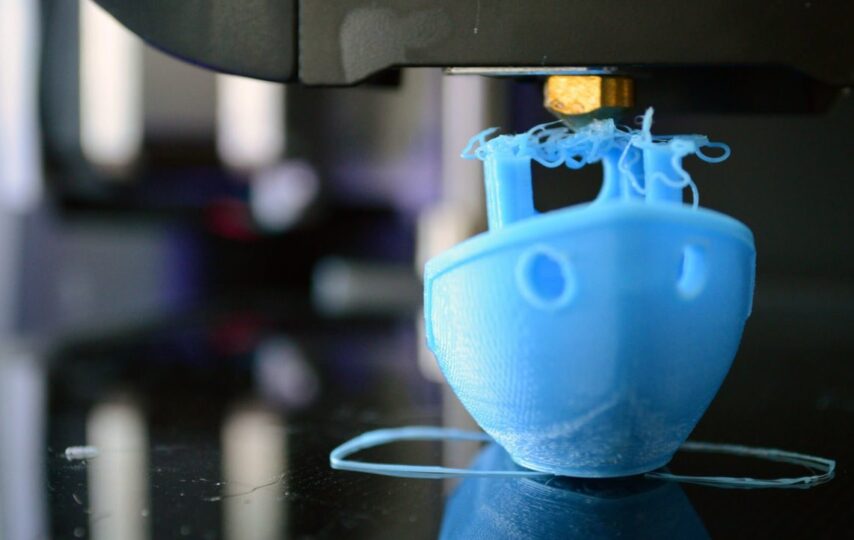How do you decide what 3D printing material is best for your project? There are so many options when choosing CNC machining services for prototype and part production, and it can be overwhelming. This article will help guide you through the process of making that decision based on some tips and tricks. Let’s dive in.
Does Your Part Have Mechanical Properties?
One of the first questions to ask is whether the part or piece has mechanical properties. These can include things like tensile strength, flexibility or elasticity, hardness, and durability limits.
Mechanical Properties: Strength or Flexibility
If your part does have mechanical properties, the next step is determining whether strength or flexibility is the greater need.
Strength
Parts with strength requirements will use ABS-like, nylon, or ABS material. We recommend using a mix of ABS-like and nylon materials for prints that need high-resolution and high strength. Otherwise, you can go with pure ABS.
Flexibility
For parts that need to be flexible, the only option is a rubber-like material for maximum elasticity.
Mechanical Properties: Not Required
When building a part without mechanical properties, consider the look and feel of your product to determine what material is best.
Transparency
When printing transparent parts, you can choose to use either clear or color-tinted transparent paper.
High Resolution and Complex Geometry
Industrial parts that need high-resolution printing and have complex geometry work best with Visiclear. Verowhite, on the other hand, is best for those that need high-resolution but no complex geometry.
If your part has no high-resolution requirement but does have complex geometry, then ABS is ideal. Parts with no high-res requirements and no complex geometry can be printed with PLA.
Christine Evans is the Director of Product Marketing & Content Strategy at Fictiv, an on-demand manufacturing company. Over the past six years, Christine has grown Fictiv’s popular Hardware Guide and Digital Manufacturing Resource Center, with over 2,000 teardowns, DFM guides, and mechanical design articles to help democratize access to manufacturing and hardware design knowledge.








